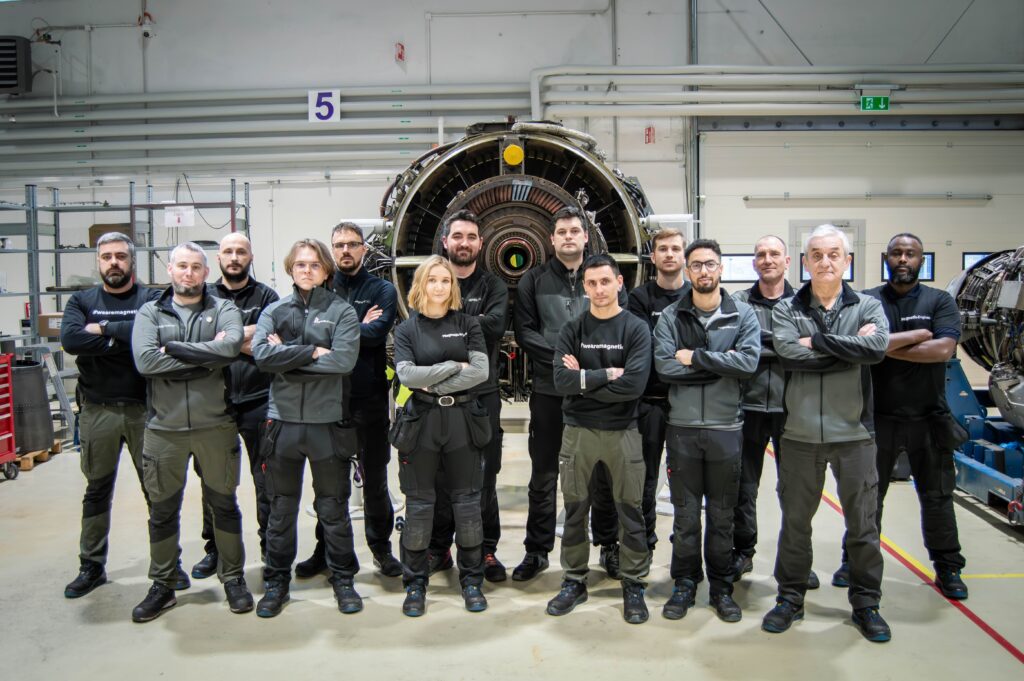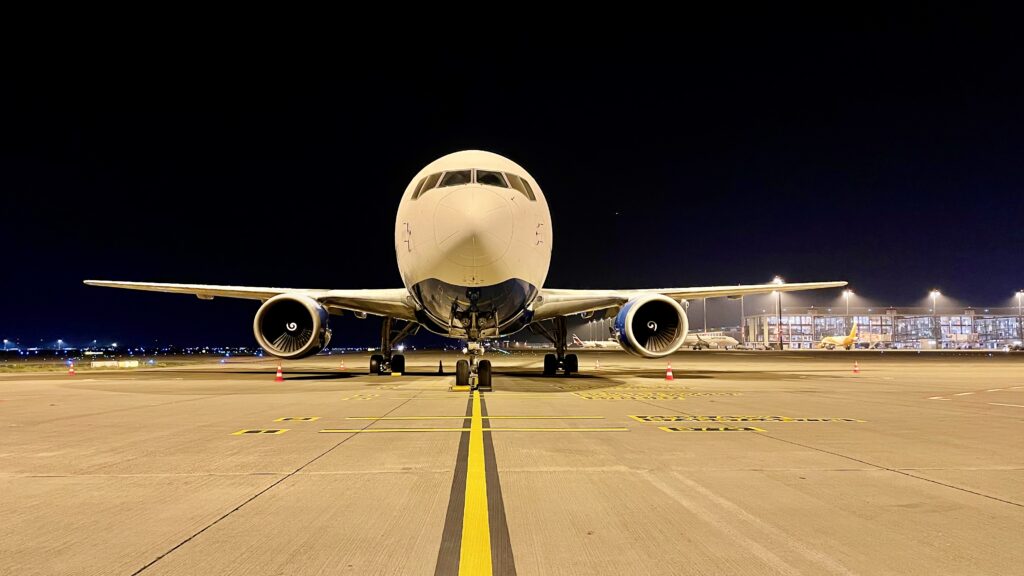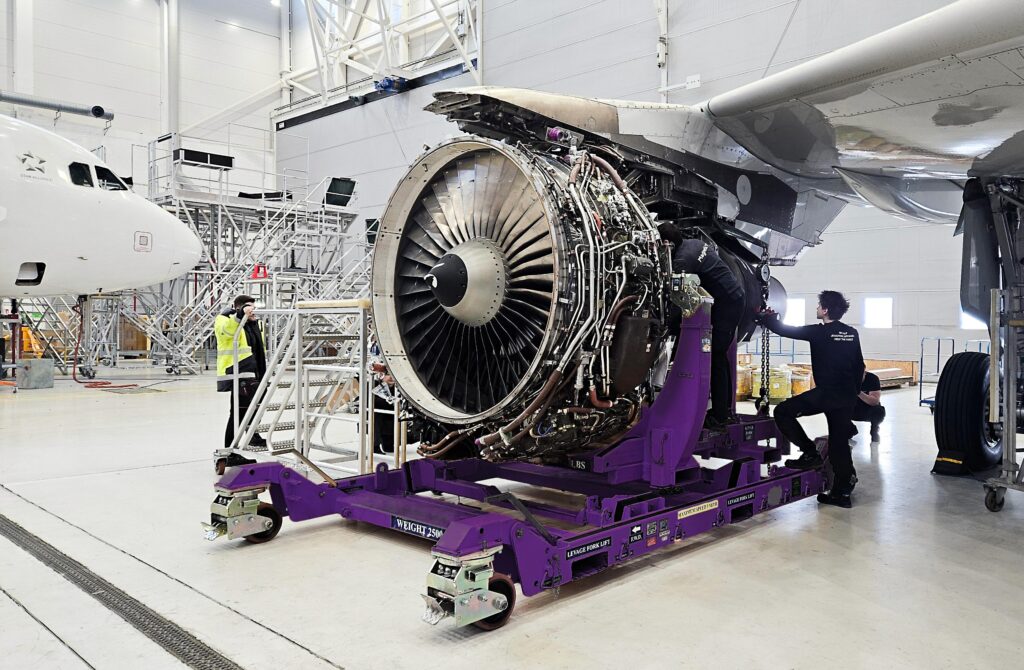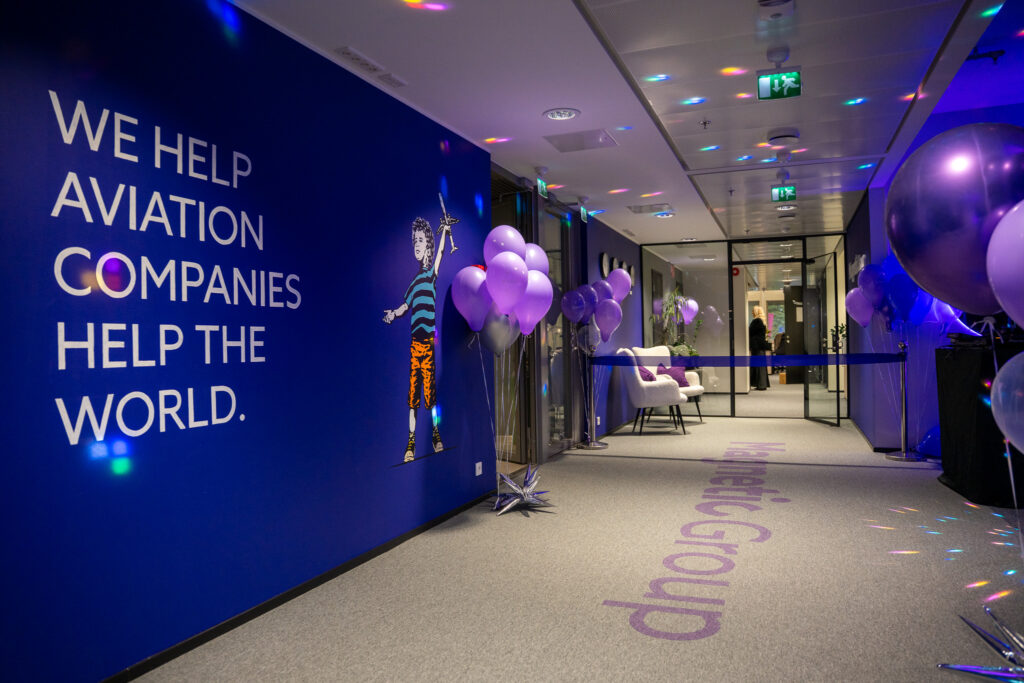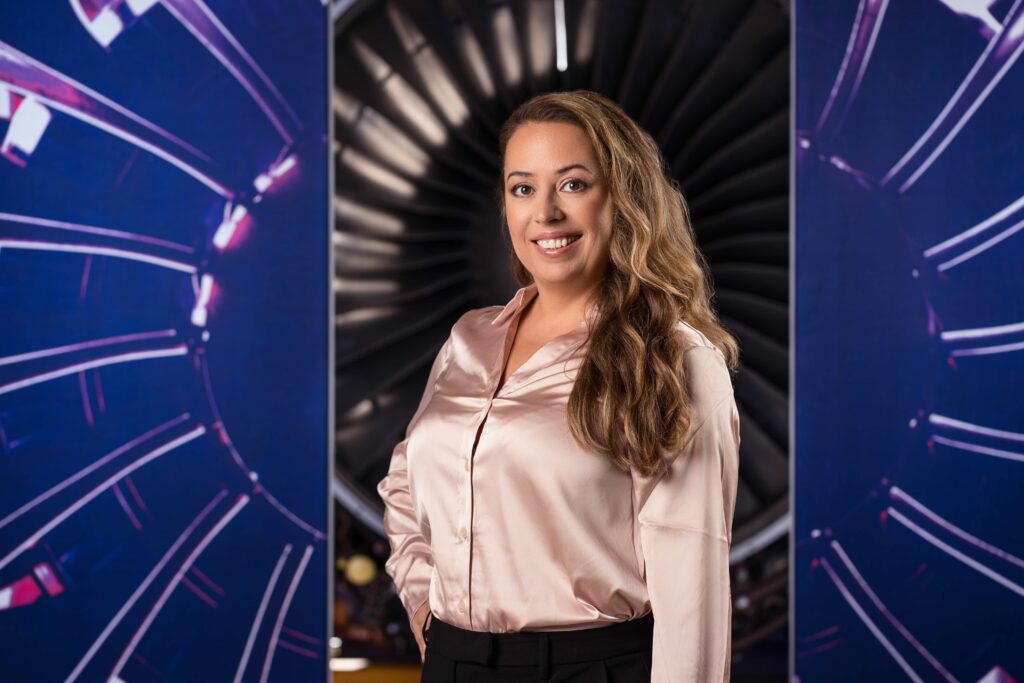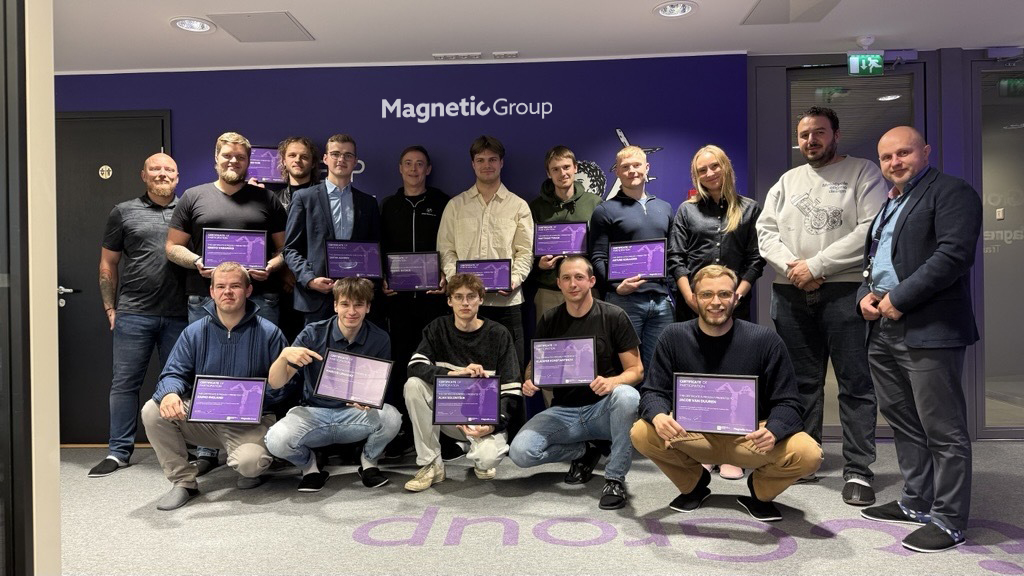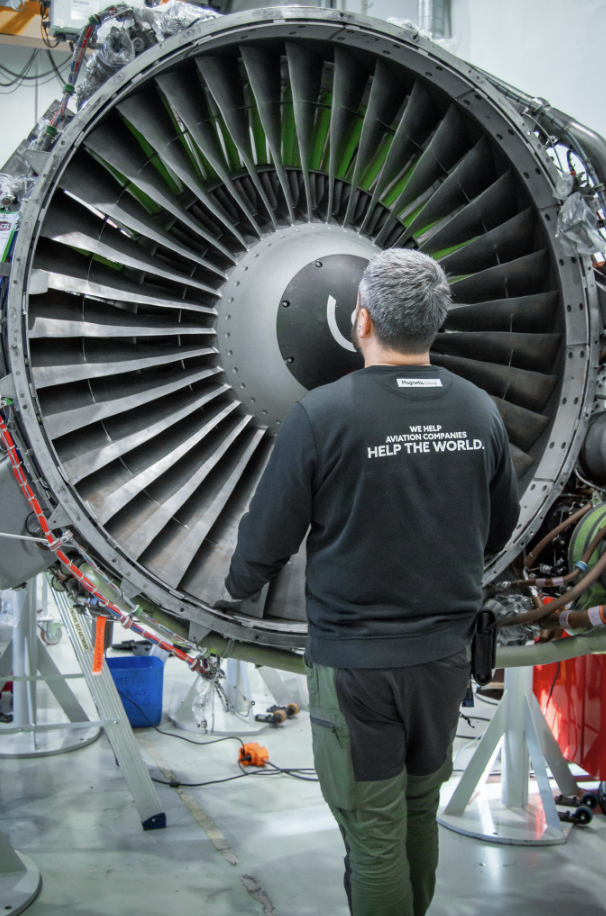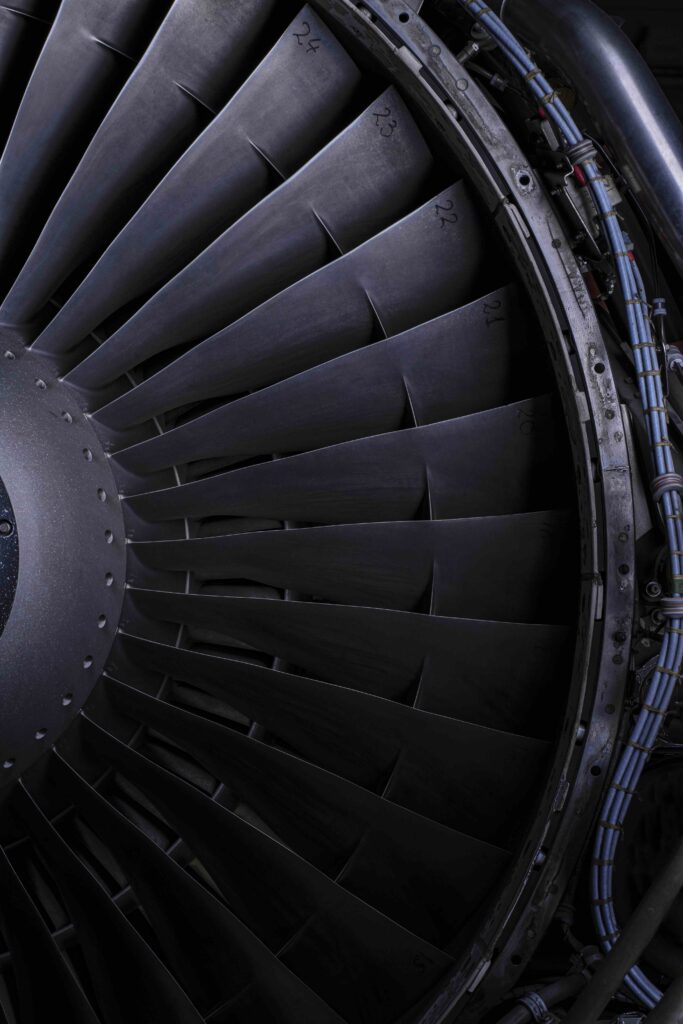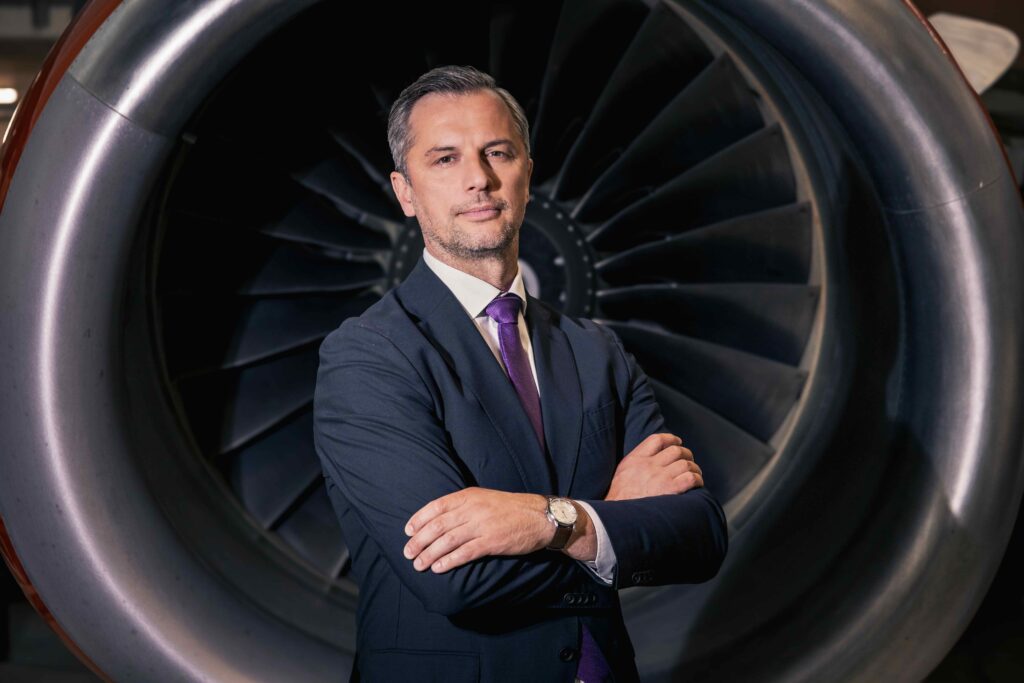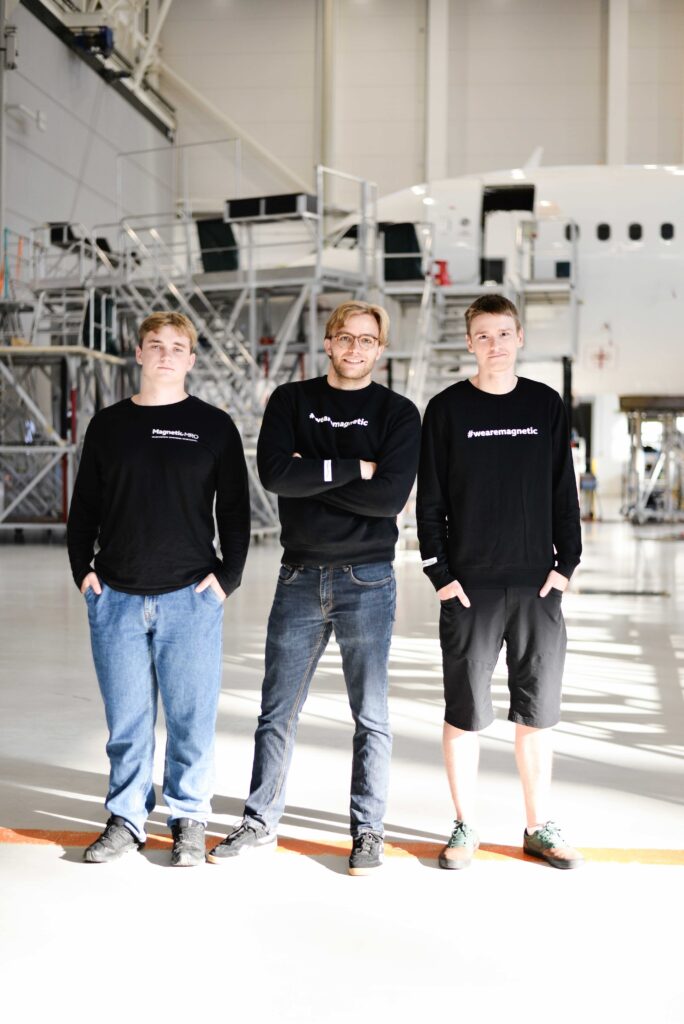How Magnetic MRO Navigates the Aviation Workforce Challenges
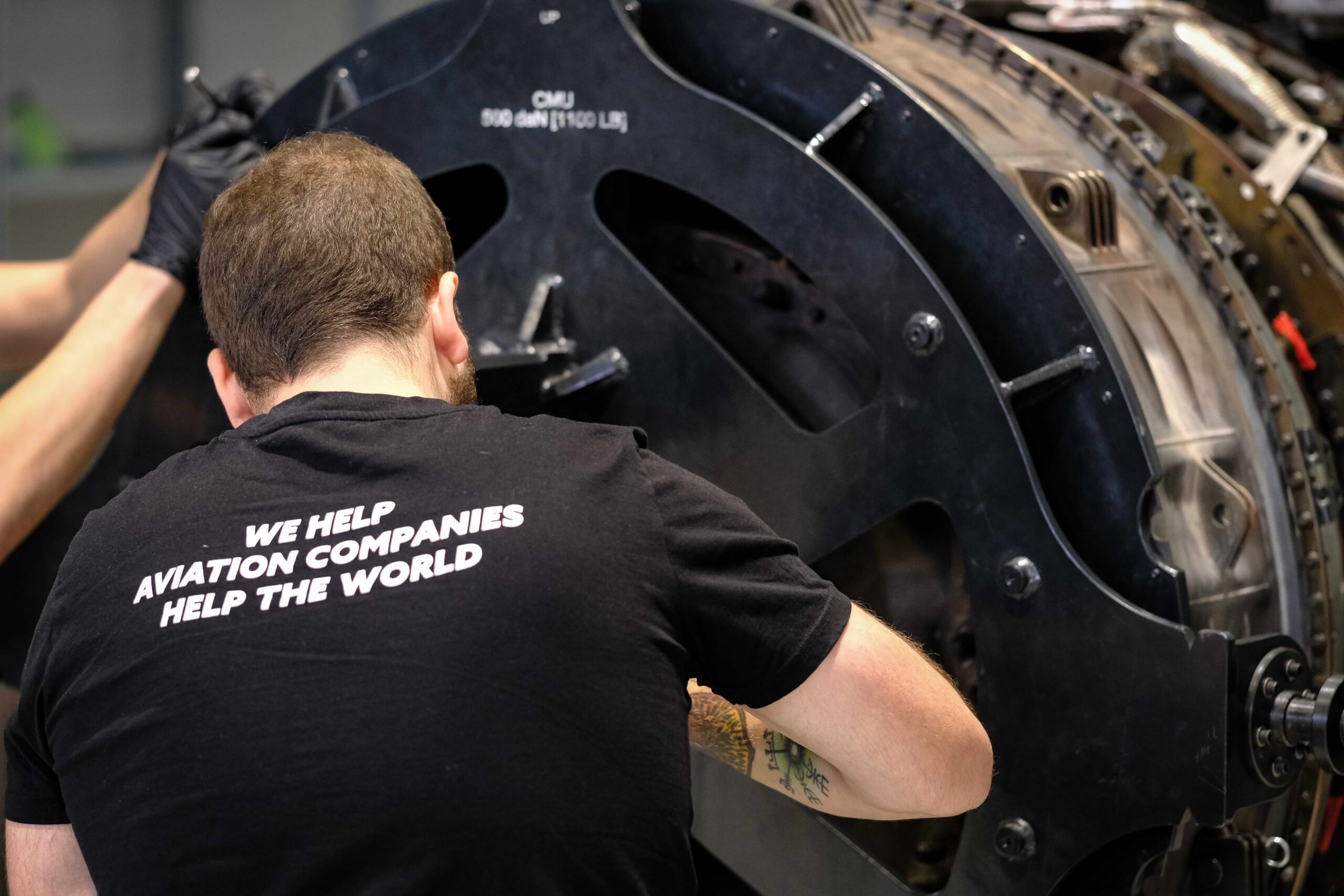
The industry is facing a shortage of aviation professionals nearing 600K skilled personnel over the coming decade. Despite aviation maintenance growing to meet the demand, the ability to find, train, and retain qualified technicians has become a bottleneck across Europe.
Jan Kotka, Managing Director of Magnetic MRO, elaborates, "Like other companies in this sector, we are also navigating this increasingly urgent workforce challenge. In the past 12 months, we've hired 64 new people – primarily unlicensed junior staff. Yet, the number of onboarded licensed engineers during the same period is alarmingly small and indicative of a systemic talent supply gap.”
Unveiling recruitment approaches
At Magnetic MRO, we focus on attracting skilled individuals with vocational training and experience through recruitment channels like vocational schools, reskilling programs, direct outreach, and regional partnerships – while actively collaborating with technical schools as well as youth initiatives.
- Reshaping training — Two years ago, we introduced so-called "super mentors." We noticed that entry-level employees required significantly more guidance on the shop floor than anticipated. As such, we dedicated several experts to oversee newcomers and act as their point of contact. This introduced a new take on training, combining mentoring with an individualized approach.
- Polishing workflows — Helping each employee to become more effective through better planning, task balancing, and smart tooling. Simultaneously, we are improving shift planning and job staging, investing in scheduling systems, and introducing AMOS-like systems across our maintenance sector. Soon, we’ll be applying AI-enhanced access to AMM, CMM, IPC, and SRM manuals, optimizing maintenance turnaround.
- Rethinking upskilling — We aim to reach beyond the traditional 20–30-year-old profile and fast-track onboarding for capable career changers. Essentially, the goal is to tap into underutilized age groups (30–45), retrain career switchers with technical aptitude, and align Magnetic Academy programs to support modular and flexible learning for diverse entry paths.
This isn’t simply an issue of staffing – it’s a strategic, multi-layered redesign of the modern MRO workforce, requiring a blend of people, processes, and technology. While we’ve made progress internally, the solution demands collaboration industry-wide.
Pinpointing core problems
Our primary concern is the widening gap between operational demand and the supply of skilled, licensed maintenance staff. This shortage is amplified by:
- Long career development time required to train and license new technicians (often 4–5 years)
- Increased dropout rate in training programs (only ~30% reach module level)
- Underutilization of existing technicians due to inefficiencies in scheduling, tooling, and manual data access
- Demographic mismatch, where the most available age groups (30–40) are often not targeted by existing training pathways
The limited pipeline of licensed staff entering the Baltic labor market, if unaddressed, may result in slower project delivery, overburdened existing staff, and limited ability to scale.
Present and future-oriented solutions
We prioritize improving the day-to-day work-related environment and workflows, such as pre-set-up routines in the maintenance bay. Ensuring that tools, parts, job cards, and documentation are ready before the shift starts is key to reducing unproductive time and shortening the preparation period.
AI-powered manual search tools allow faster search and interpretation of AMM, CMM, IPC, and SRM content, helping us target a reduction of 30-40% in troubleshooting time.
Smart scheduling tools apply digital planning boards to sync bays, people, and material availability, helping improve on-time performance and overall project output.
We have also examined shop floor task balancing to ensure that all daily tasks are more precisely assigned based on staff skill, license status, and fatigue levels – improving the hangar-based team's productivity and safety.
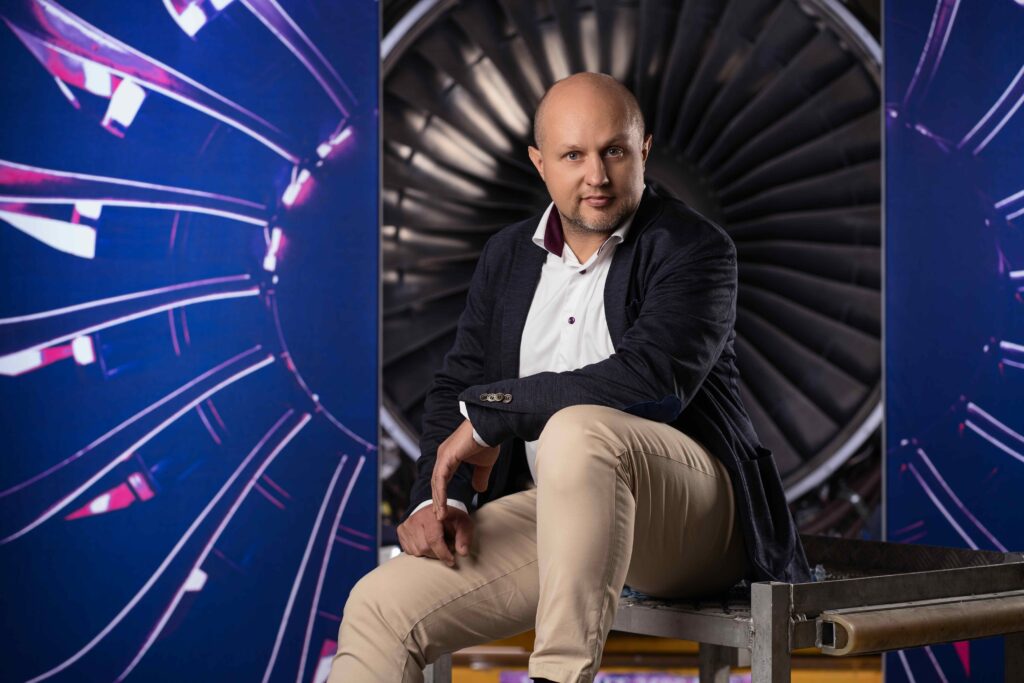
Another employee-oriented improvement has been using upskilling to deploy programs. The latter encompasses accelerated, modular programs to turn unlicensed hires into effective junior technicians, focusing on fast-track competence development. This process includes mentor matching – pairing juniors with skilled mentors through structured learning plans.
The next stage is a multi-year plan to build a pan-Baltic workforce platform through regional coordination with industry players for joint hiring and training, expanding the shared labor pool. Also, developing a license acceleration hub, supported by digital learning, will cut B1/B1 license readiness time by more than 30%.
AI-based work instruction and skill planning deploy digital solutions for work packages, required skills, and optimal assignments to boost output without increasing headcount. Prioritizing smart material and tool preparation with RFID and digital tracking enables pre-staging equipment at bays, minimizing idle time spent waiting for parts and tools.
For the above advancements, digital literacy has become fundamental. Using digital cards, predictive tools, and remote tech support is future-proofing technician roles. Employer branding 2.0 also plays a crucial role in intertwining awareness and education, showcasing our tech, culture, and purposefulness to attract Gen Z and career changers.
Key takeaways
Despite recruitment efforts, very few licensed hires came through in the last 12 months, indicating a structural supply shortage. This is compounded by the dropout challenge, which is being tackled via a modular and age-targeted redesign. Efficiency constraints are increasingly tied to manual access delays and poor tool and part readiness, not just headcount.
“I believe we have to move beyond CV chasing. The next-gen MRO shopfloor runs on planning, data, AI, and empowered people. At Magnetic, we’re proving it. Let’s build the future of MRO work together,” summarized Jan Kotka.




